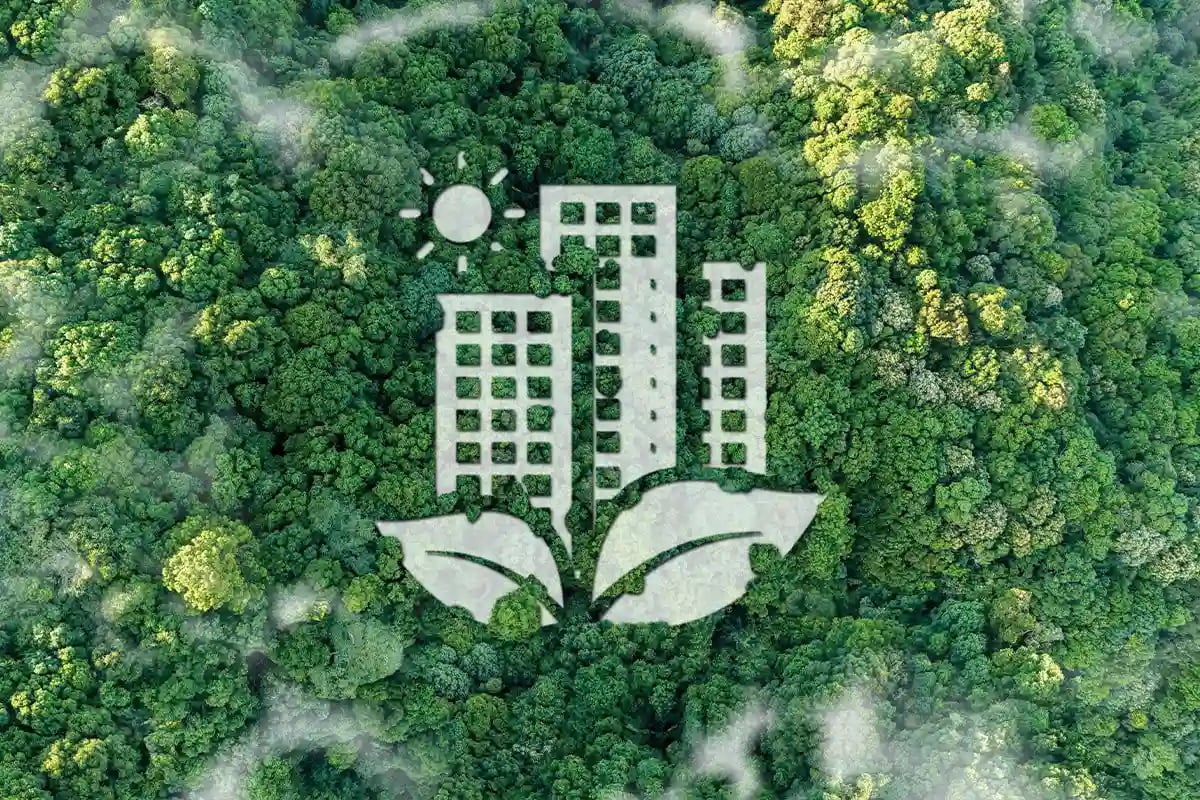Here in the Middle East, particularly the UAE, we pride ourselves on our forward-looking and agile economies. And this year has underlined how important that approach has been to our sector and the region more broadly.
The region’s property market has remained resilient, despite significant global economic challenges — driven by a strong demand for innovative, well-designed developments. The focus goes beyond creating aesthetically pleasing structures to meet immediate needs. It’s about thoughtful urban planning that addresses the evolving environmental, social, and economic challenges of our time.
These considerations are set to become increasingly pressing in 2025 and beyond, as governments and developers aim to amplify innovation and sustainability to create cities and communities where future generations can live, work, and thrive. Here are five guiding principles that we follow for future-proofed development.
Prioritize sustainability from day one
Sustainability cannot be an add-on. It needs to be embedded into every stage of the development lifecycle. Since Dubai is a young city where development is not about retrofitting existing sites, we are lucky to be able to draw on eco-friendly building materials and innovative waste management techniques and prioritize energy efficiency in our plans.
The Dubai Economic Agenda and 2040 Urban Master Plan outline aims to establish the city as one of the world’s most liveable and sustainable. Against a backdrop of rapid expansion, it’s clear the ambitious targets the government has set cannot be achieved overnight.
Efforts like Dubai Can’s reef regeneration project or the massive expansion of nature reserves and rural natural areas will take a sustained effort over years before their full effect is felt. Getting to that point means adopting measures like greywater recycling technology for irrigation — right now, at the start of development.Design for climate resilience
The buildings and infrastructure we create today need to be fit for tomorrow’s climate and more extreme weather. In the MENA, this means heat-resistant materials will become increasingly relevant, as will renewable energy sources and energy-efficient buildings. Trees and green spaces are also crucial in designing flood management systems — something that became very clear during the major flooding our city experienced last year.
Trees can slow the effect of rainfall over a longer period and drastically reduce surface water run-off, which happens when rainfall cannot drain quickly enough. By integrating hydrology into the planning of roads, buildings, and landscaping, it is possible to create an environment that passively protects developments even in flood conditions.
Read: Buildings go green: MENA sees sustainable shift in real estate
Embrace smart technologies
We are living in an intelligent age, and we must lean into the power of technology to transform urban living. AI and analytics will increasingly become integral to how we monitor and manage our environmental and social goals and impact. Examples of this are already emerging under the Smart Cities initiative. These technologies range from AI-enabled CCTV in our malls. And they help predict patterns and create a safer environment for shoppers. They also aid in environmental monitoring and real-time data and analytics to understand air quality and energy use.
Technology and data also help in understanding what people need from the buildings they inhabit. By collecting and analyzing data in real-time, it is possible to adjust systems accordingly to improve air quality and optimize energy efficiency. This, in turn, helps reduce buildings’ carbon footprints.
Promote human-centricity, with a focus on health, well-being, and inclusivity
Beyond the physical bricks and mortar of development, forward-thinking planners recognize physical and mental well-being has to be built into urban planning to create healthier and happier communities. Indeed, the UAE’s National Strategy for Wellbeing 2031 places a strong focus on enhancing well-being through healthy and active lifestyles and improving mental health. Access to green and blue spaces, such as parks and lakes, is linked with reduced stress levels and higher levels of exercise. Studies suggest that ‘walkable’ cities, where residents have everything they need nearby, are happier.
As such, future-proof development must focus on creating vibrant spaces where people can live, work and relax in close proximity. Initiatives, such as cycle paths, fitness spaces, and mental health-friendly environments, must be integrated into designs. Reducing the need for commuting and promoting a balanced lifestyle ultimately creates a better community for everyone. As a melting pot of cultures, the Middle East offers a unique opportunity to build vibrant, inclusive communities that embrace diversity, fostering connections and shared experiences among its diverse population.
Enhance biodiversity and green spaces
As laid out in the Dubai Urban Master Plan, green spaces are crucial to development for multiple reasons. These include environmental benefits like enhancing biodiversity, helping combat urban heat islands, and improving air quality. They are also crucial for health, well-being, and social cohesion.
Today’s decisions will shape the cities of tomorrow, and we have an opportunity to ensure that future generations inherit thriving, liveable environments.
In 2025, continued innovation, collaboration, and a focus on sustainability will further drive urban development. By following these principles and working together we can ensure that every stakeholder has a role in building the resilient, sustainable cities that are so essential for the future.

For more op-eds, click here








